11 Stunning Houseplants to Consider
Emily Fielder2024-12-21T00:12:20-06:00Are you looking to add some greenery to your home but need help figuring out where to start? Whether you’re a beginner or a seasoned plant parent, choosing the right houseplant can make a difference. In this guide, we explore 11 stunning houseplants, offering something for every lifestyle. We break down everything you need to know about each houseplant, including care requirements such as watering and light, so you can confidently choose the right houseplants for your home. Plus, we highlight potential plant toxicity to keep your furry friends and little ones safe – with links over to even more detailed plant information on each one.
Stunning Houseplants - Low Maintenance
1. Snake Plant (Sansevieria trifasciata)
Native to tropical West Africa, particularly Nigeria and Congo, the snake plant is renowned for its striking architectural shape and resilience. This stunning houseplant is incredibly low-maintenance, thriving in low light and requiring minimal water, making it nearly indestructible. It’s an excellent choice for beginners or busy plant owners, and it also purifies the air by filtering out toxins like formaldehyde, contributing to a healthier indoor environment.
Basic Attributes:
- Height/Spread: 2-4 feet tall, 1-2 feet wide
- Leaf Size/Shape: Long, upright, sword-shaped leaves with yellow or white edges
- Flowering: Rare; small, white flowers
- Light: Low to bright, indirect light; tolerant of low light
- Water: Infrequent; let soil dry completely between waterings
- Common Problems: Root rot if overwatered
- Toxicity: Toxic to pets (cats and dogs)
- Pests: Rare, but can get mealybugs or spider mites
Care Instructions: Snake plants thrive on neglect. They prefer well-draining soil and should be planted in a pot with drainage holes to avoid waterlogged conditions. Allow the soil to dry out completely between waterings, especially during the winter months when growth slows. Snake plants tolerate low light but grow best in bright, indirect light. Water sparingly to avoid root rot, and clean the leaves occasionally to remove dust that can block light absorption.
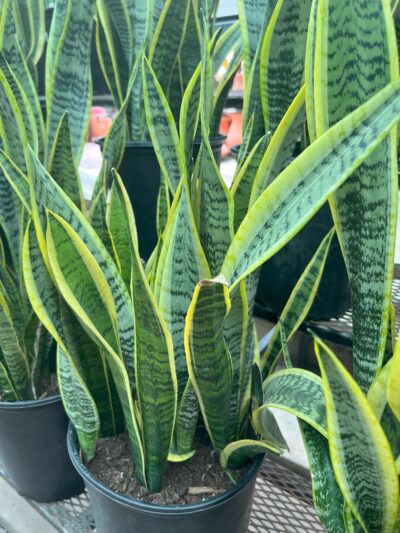
2. ZZ Plant (Zamioculcas zamiifolia)
Originating from Eastern Africa, from Kenya to northeastern South Africa, the ZZ plant is a stunning houseplant with glossy, attractive leaves and incredible hardiness. It thrives in low light and requires very little water, making it a perfect “set & forget” plant. Often called the plant that thrives on neglect, the ZZ plant is a stylish, low-effort addition to any home, ideal for novice indoor gardeners.
Basic Attributes:
- Height/Spread: 2-3 feet tall, 2-3 feet wide
- Leaf Size/Shape: Shiny, oval, deep green leaves
- Flowering: Rare; small, spadix-type flowers near the soil
- Light: Tolerates low light but prefers medium, indirect light
- Water: Water only when soil is completely dry
- Common Problems: Overwatering leading to root rot
- Toxicity: Toxic to pets and humans if ingested
- Pests: Rare, occasionally susceptible to scale insects
Care Instructions: The ZZ plant is highly drought-tolerant because it stores water in its thick, underground rhizomes. Water thoroughly, but allow the soil to dry completely before watering again. It is forgiving with light conditions and thrives in low to bright indirect light. Avoid direct sunlight, as it can scorch the leaves. Use a well-draining potting mix, and be cautious of overwatering, which is the most common issue for this plant.
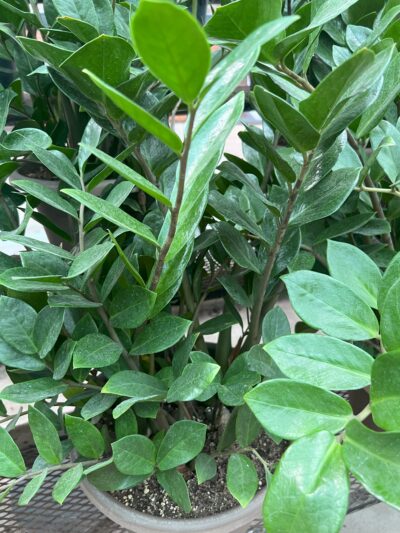
3. Spider Plant (Chlorophytum comosum)
Hailing from coastal areas of South Africa, the spider plant is one of the most adaptable and forgiving stunning houseplants on our list. Its arching, narrow leaves make it visually appealing, and it produces small “baby” plantlets that you can propagate easily. Besides its decorative appeal, the spider plant is an effective air purifier, making it a favorite when choosing the right houseplants for homes and offices.
- Height/Spread: 1-2 feet tall and wide
- Leaf Size/Shape: Arching, narrow green or variegated leaves
- Flowering: Small white flowers on long stalks
- Light: Low to medium, indirect light
- Water: Moderate; keep soil slightly moist, but tolerate dry spells
- Common Problems: Leaf browning from fluoride in tap water
- Toxicity: Non-toxic to pets and humans
- Pests: Spider mites and aphids on occasion
Care Instructions: Spider plants prefer bright, indirect light but can tolerate lower light levels. Keep the soil evenly moist, but avoid waterlogging, which can lead to root rot. Spider plants are sensitive to chemicals like fluoride found in tap water, which may cause leaf tip browning, so it’s best to use filtered or distilled water. Regularly mist the plant to maintain humidity, especially in dry indoor environments.

4. Ponytail Palm (Beaucarnea recurvata)
Native to the arid regions of eastern Mexico, the ponytail palm (despite its name and appearance) is not a true palm but is related to succulents. Its distinctive bulbous trunk stores water, allowing it to survive long periods of drought, making it highly drought-tolerant and perfect for forgetful plant owners. Its long, cascading, curly leaves give it a striking appearance reminiscent of a ponytail, hence the name. It’s a slow-growing plant that can live for many years, making it a long-term companion for indoor gardeners.
- Height/Spread: Typically reaches 3-4 feet indoors, but can grow much taller in outdoor environments over many years (up to 10 feet).
- Leaf Size/Shape: Long, narrow, arching leaves that resemble a ponytail, up to several feet in length.
- Flowering: Rare indoors; outdoor specimens may produce small, white flowers.
- Light: Prefers bright, indirect sunlight but can tolerate lower light conditions.
- Water: Low watering needs; water sparingly, allowing the soil to dry out completely between waterings. Overwatering can cause root rot.
- Common Problems: Overwatering and poor drainage can lead to root rot. In low humidity, the leaf tips may brown.
- Toxicity: Non-toxic to pets and humans.
- Pests: Relatively pest-free but can occasionally attract spider mites or mealybugs.
Care Instructions: The ponytail palm thrives in bright, indirect light but can tolerate lower light levels. It requires minimal watering, but water thoroughly, allowing the soil to dry completely between waterings. Be sure the pot has excellent drainage to avoid waterlogging. Use a well-draining cactus or succulent mix, and repot when necessary.
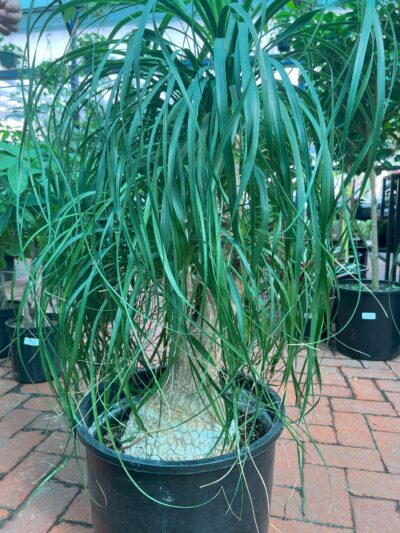
Stunning Houseplants - Moderate Maintenance
5. Peace Lily (Spathiphyllum spp.)
Native to tropical regions of the Americas and Southeast Asia, the peace lily has striking white flowers that bloom even in low light. It is as elegant as it is practical, known for purifying the air and absorbing mold spores, which can help improve indoor air quality. This stunning houseplant requires moderate care and is highly rewarding with its lush, glossy foliage and intermittent blooms.
- Height/Spread: 1-4 feet tall, 1-3 feet wide
- Leaf Size/Shape: Large, glossy, dark green, lance-shaped leaves
- Flowering: White spathes (flowers) bloom intermittently
- Light: Low to medium, indirect light
- Water: Keep soil moist but not waterlogged; avoid letting the plant dry out
- Common Problems: Browning leaf tips due to underwatering or dry air
- Toxicity: Toxic to pets (cats and dogs) and humans
- Pests: Fungus gnats, aphids, spider mites
Care Instructions: Peace lilies thrive in low to medium indirect light, though they will produce more blooms with moderate indirect light. Keep the soil consistently moist, but do not allow the plant to sit in water, which can cause root rot. Mist regularly to maintain humidity and clean the leaves occasionally to remove dust. Fertilize monthly during the growing season with a balanced fertilizer. Keep peace lilies away from drafts and cold air, as they are sensitive to temperature changes.
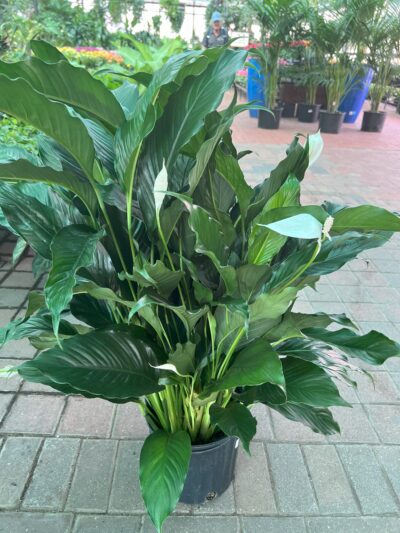
6. Pothos (Epipremnum aureum)
Originating from the Solomon Islands in the South Pacific, pothos is a popular stunning houseplant for its trailing vines and heart-shaped leaves that can thrive with minimal care. Its versatility allows it to grow in both soil and water, and it adapts well to low or bright indirect light. This plant’s ease of care, combined with its aesthetic appeal, makes it a favorite for novice gardeners looking to add greenery to their space.
- Height/Spread: Can trail or climb up to 6-10 feet
- Leaf Size/Shape: Heart-shaped, green or variegated leaves
- Flowering: Rare indoors
- Light: Low to bright, indirect light
- Water: Water when the top inch of soil is dry
- Common Problems: Yellowing leaves due to overwatering
- Toxicity: Toxic to pets and humans if ingested
- Pests: Mealybugs and spider mites on occasion
Care Instructions: Pothos is easy to care for and thrives in a wide range of lighting conditions, though bright, indirect light encourages faster growth. Water when the top inch of soil dries out and avoid letting the plant sit in water. Use a well-draining potting mix and repot annually if the roots become crowded. Regularly prune the vines to encourage bushier growth and wipe the leaves to keep them free of dust.
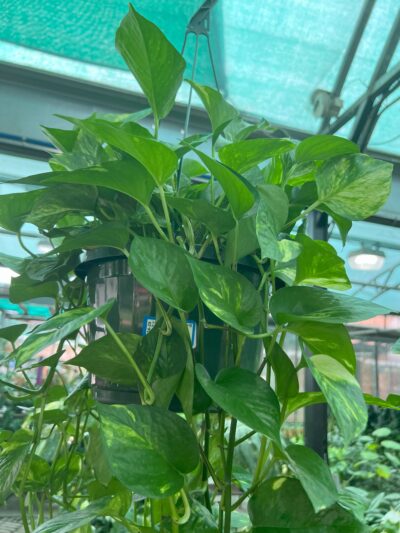
7. Corn Plant (Dracaena spp.)
Native to tropical Africa and parts of Southeast Asia, the corn plant or dracaena is a popular indoor plant known for its bold, strap-like leaves, which come in various colors and forms, from vibrant green to variegated patterns. It’s a moderate-care, stunning houseplant, needing indirect light and minimal watering. In addition to its striking appearance, dracaena is an effective air purifier, adding both beauty and function to indoor environments.
- Height/Spread: 2-10 feet tall depending on variety, 1-3 feet wide
- Leaf Size/Shape: Long, narrow, strap-like leaves; can be variegated or solid green
- Flowering: Rare indoors
- Light: Low to bright, indirect light
- Water: Water when the top 1-2 inches of soil are dry
- Common Problems: Brown tips from fluoride or chlorine in water
- Toxicity: Toxic to pets (cats and dogs)
- Pests: Scale, spider mites
Care Instructions: Corn plants prefer bright, indirect light but can tolerate low light as well. Avoid direct sunlight, which can cause leaf burn. Water when the top 1-2 inches of soil are dry, and ensure the pot has drainage to avoid waterlogging. Dracaenas are sensitive to fluoride and salts in tap water, so using distilled or rainwater is ideal. Mist the plant regularly to maintain humidity and clean the leaves to remove dust buildup. Fertilize once a month during the growing season with a diluted houseplant fertilizer.
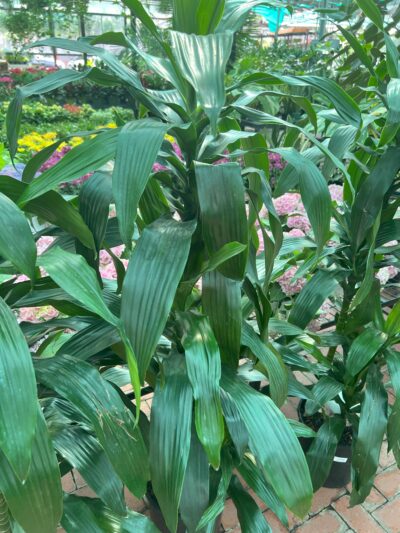
Stunning Houseplants - High Maintenance
8. Fiddle Leaf Fig (Ficus lyrata)
Native to the tropical rainforests of western Africa, the fiddle leaf fig is a dramatic and visually stunning houseplant with large, violin-shaped leaves that make it a popular statement piece in modern interior design. Though it’s finicky and requires careful attention to light, watering, and humidity, its bold, sculptural presence makes it highly sought after by plant enthusiasts who are willing to invest in its care.
- Height/Spread: 6-10 feet tall, 2-3 feet wide indoors
- Leaf Size/Shape: Large, leathery, violin-shaped leaves
- Flowering: Rare indoors
- Light: Bright, indirect light
- Water: Water when the top inch of soil is dry; avoid waterlogged soil
- Common Problems: Leaf drop from drafts, low humidity, or overwatering
- Toxicity: Toxic to pets and humans if ingested
- Pests: Spider mites, aphids, scale insects
Care Instructions: Fiddle leaf figs need bright, indirect light and prefer a spot near a large window. Turn the plant occasionally to ensure even growth. Water when the top inch of soil feels dry, but do not let the plants sit in water, as they are prone to root rot. Keep humidity levels high (above 40%) by misting or using a humidifier, as dry air can cause brown edges on the leaves. Wipe the leaves regularly to remove dust, and avoid placing the plant near drafts, as it can cause leaf drop. Repot every 1-2 years to give the roots room to grow.
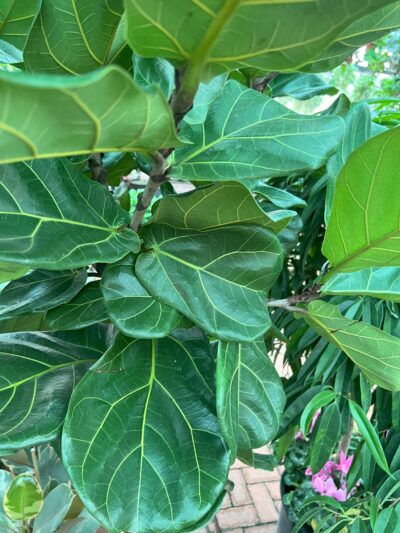
9. Boston Fern (Nephrolepis exaltata)
Native to tropical regions around the world, especially South America and Florida, Boston ferns are prized for their lush, feathery fronds that add a touch of elegance to any room. While they require consistent moisture and humidity to thrive, their graceful appearance and ability to filter air pollutants make them a wonderful addition to homes that can meet their high humidity needs.
- Height/Spread: 1-3 feet tall, 2-3 feet wide
- Leaf Size/Shape: Delicate, arching fronds with feathery leaflets
- Flowering: Does not flower
- Light: Bright, indirect light
- Water: Requires consistent moisture; prefers high humidity
- Common Problems: Brown fronds due to low humidity or inconsistent watering
- Toxicity: Non-toxic to pets and humans
- Pests: Scale insects, spider mites
Care Instructions: Boston ferns thrive in bright, indirect light and prefer a consistently moist environment, so check the soil often and water when the top inch begins to dry out. High humidity is essential for this plant; mist the fronds regularly or place a humidifier nearby. Avoid placing it in drafty or dry areas like near air vents or heaters, which can dry out the fronds. Prune off brown or dry fronds to keep the plant looking lush. Fertilize monthly during the growing season with a balanced liquid fertilizer.
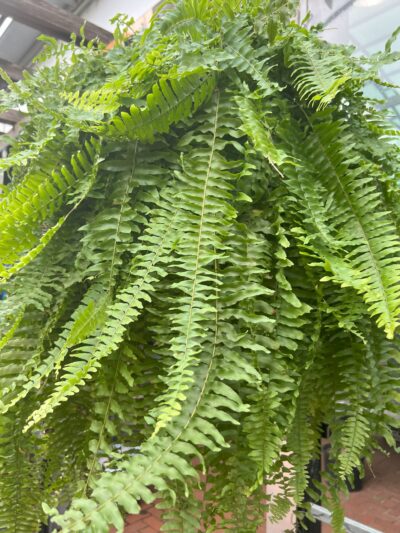
10. Prayer Plant (Calathea spp.)
Originating from the tropical rainforests of Central and South America, calathea is a favorite for its vibrant, patterned foliage and unique “prayer plant” behavior, where its leaves fold up at night. Calathea requires high humidity and consistent care but rewards owners with decorative leaves. Its eye-catching patterns make it a true showpiece – truly a stunning houseplant in any indoor plant collection.
- Height/Spread: 1-2 feet tall and wide
- Leaf Size/Shape: Large, oval leaves with vibrant patterns or purple undersides
- Flowering: Rare indoors; some varieties may produce small, inconspicuous flowers
- Light: Bright, indirect light (no direct sun)
- Water: Keep soil consistently moist but not soggy; prefers high humidity
- Common Problems: Leaf curling or browning due to low humidity or underwatering
- Toxicity: Non-toxic to pets and humans
- Pests: Spider mites, aphids
Care Instructions: Calatheas prefer bright, indirect light and will suffer if exposed to direct sunlight, which can scorch their leaves. Keep the soil consistently moist but not soggy, and avoid using hard tap water, as they are sensitive to chemicals like fluoride and chlorine. Calatheas also thrive in high humidity environments, so mist regularly or use a humidifier. They dislike cold drafts and sudden temperature changes, so keep them in a stable, warm area. Clean the leaves occasionally to remove dust, which can block light absorption.
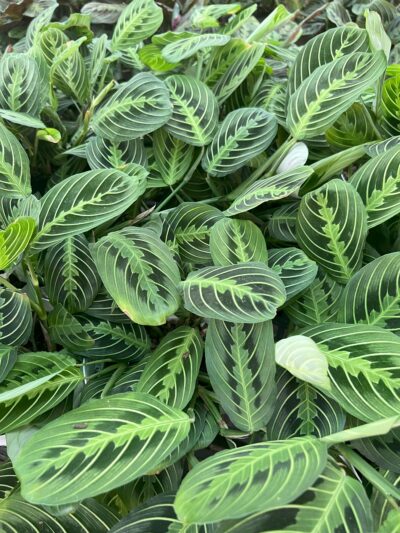
11. Orchid (Phalaenopsis spp.)
Native to Southeast Asia, from the Himalayas to northern Australia, orchids are famous for their exotic and long-lasting blooms, which come in a wide array of vibrant colors. Though their delicate appearance suggests they’re high-maintenance, orchids can be surprisingly resilient with proper care, particularly in bright, indirect light. Their elegant flowers add a luxurious touch to any space, making them a favorite stunning houseplant among gardening enthusiasts.
- Height/Spread: 1-2 feet tall, 1-2 feet wide
- Leaf Size/Shape: Thick, dark green, oblong leaves
- Flowering: Long-lasting, showy flowers in various colors
- Light: Bright, indirect light
- Water: Water once a week, allowing the roots to dry slightly between waterings
- Common Problems: Root rot from overwatering or insufficient drainage
- Toxicity: Non-toxic to pets and humans
- Pests: Mealybugs, aphids, spider mites
Care Instructions: Orchids need bright, indirect light to thrive, but avoid placing them in direct sunlight, as it can scorch the delicate leaves. Water once a week, allowing the roots to dry out slightly between waterings, and ensure they are potted in a well-draining orchid mix to avoid root rot. Humidity is important, so mist the plant or place a humidity tray nearby. Fertilize every 2-4 weeks with an orchid-specific fertilizer during the growing season. After the flowers fade, trim the flower spike back to encourage new blooms.
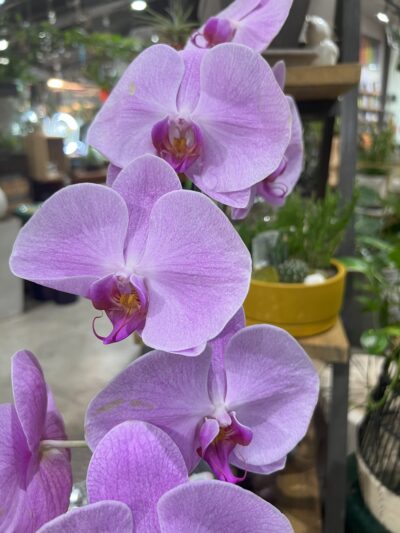
PlantTAGG Can Help in Choosing the Right Houseplants
Be sure to select your houseplant based on exactly where you will place it as the micro-climate conditions, specifically sunlight, will have a big effect on your growing success. If you’d like help in choosing the right houseplants, try PlantTAGG! Our “Suggest a Plant” feature and patented Thrive Scorecard can help you make the best selections to thrive. Download the PlantTAGG app at no charge — available for both Apple and Google Play. Happy Gardening!


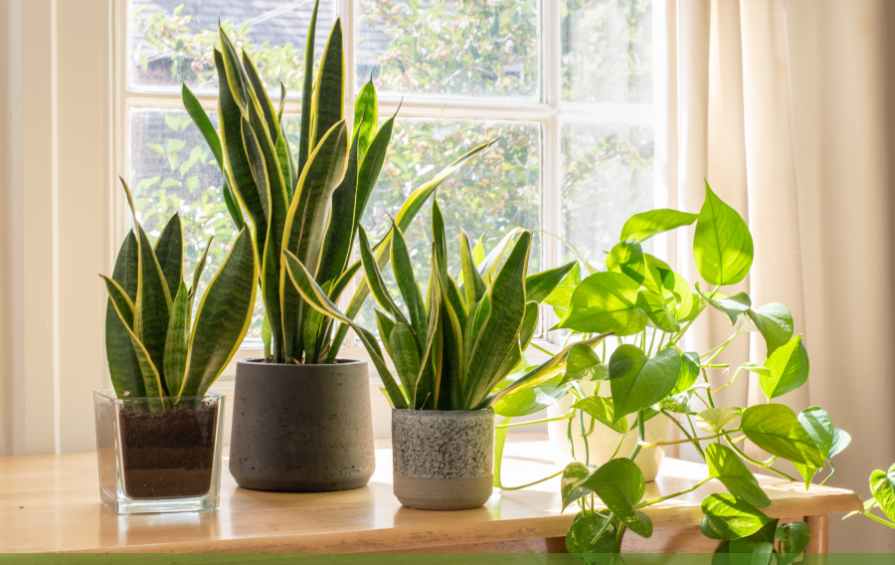

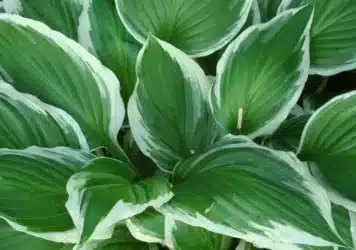
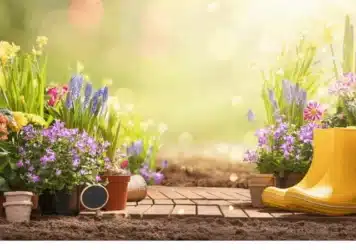
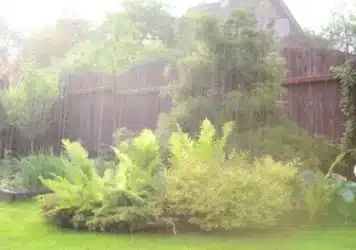


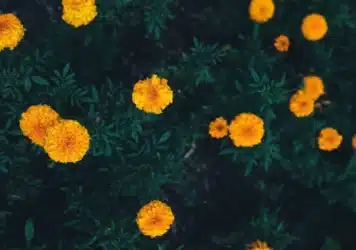

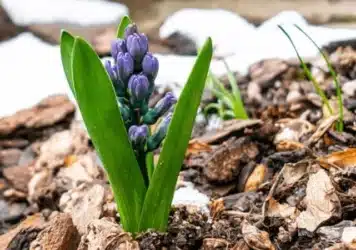

Leave a Reply